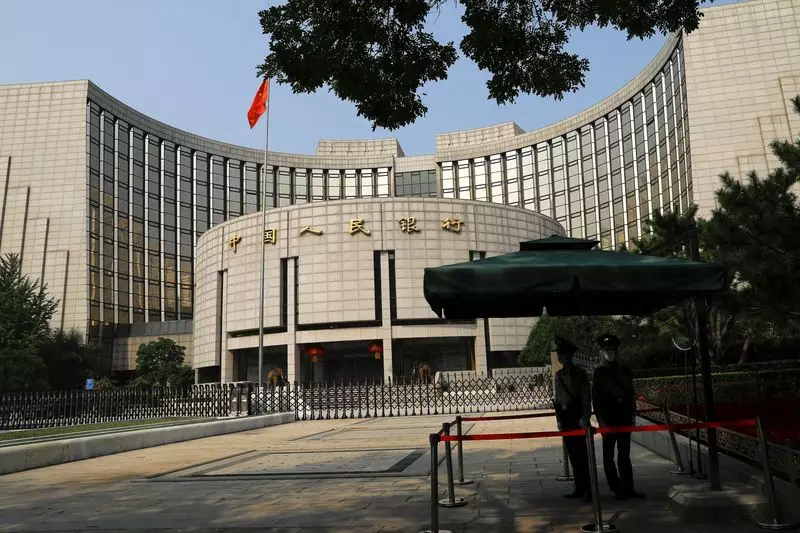China’s new yuan loans are anticipated to have more than doubled in June compared to May, with Chinese banks expected to have issued 2.25 trillion yuan in new loans last month, according to a survey of 22 economists. This surge in new loans reflects the central bank’s commitment to providing policy support for the economy amid a shaky recovery. While the expected increase is significant, it is worth noting that it is still lower than the 3.05 trillion yuan issued in the same month a year earlier. Additionally, several key credit indicators are expected to hit record lows, underscoring weak credit demand in the market.
Central bank Governor Pan Gongsheng has reiterated China’s supportive monetary policy stance and emphasized the use of various monetary tools, including interest rates and reserve requirement ratios, to create a conducive monetary and financial environment for economic development. Despite the end-of-quarter spike in new loans, credit demand is projected to remain subdued on a year-on-year basis due to factors such as economic shifts and reduced lending to sectors like property and local government financing vehicles (LGFVs). The slowdown in credit expansion is deemed natural by Pan, given the prevailing economic conditions.
The prolonged crisis in China’s property sector has had a significant impact on overall demand and consumer confidence. Although exports have shown resilience, manufacturing activity experienced a decline for the second consecutive month in June, while services activity reached a five-month low. These trends have prompted calls for additional stimulus measures to stimulate economic growth. Analysts are closely monitoring the People’s Bank of China’s upcoming credit data release, expected between July 10 and 15, to gain insights into the country’s financial health.
In light of the evolving economic landscape, China’s economic activity is projected to moderate further in June, with a continued slowdown in credit growth, according to industry experts. While the central bank is unlikely to implement significant easing measures in the near term, local governments are anticipated to ramp up their support for the property sector following the government’s recent stimulus package. The expected growth in outstanding yuan loans for June is lower than in previous months, reflecting a cautious approach towards credit expansion.
Analysts predict that broad M2 money supply growth in June will be at its weakest level on record, signaling challenges in liquidity management. Total social financing (TSF), a comprehensive measure of credit and liquidity in the economy, is expected to increase in June, possibly fueled by higher government bond issuance. The upcoming release of second-quarter GDP growth and June activity data on July 15 will provide further insights into China’s economic performance and the effectiveness of policy measures.
As China navigates its recovery path, investors and markets are eagerly awaiting the third plenum meeting of top leaders scheduled from July 15 to 18. This gathering is expected to outline structural reforms that could support long-term growth and address challenges in the local government debt landscape. Policy advisers are considering tax and fiscal reforms to enable debt-laden local governments to boost tax revenues and alleviate financial pressures at the grassroots level. By implementing strategic reforms and fostering a supportive economic environment, China aims to strengthen its foundations for sustainable growth in the coming years.

